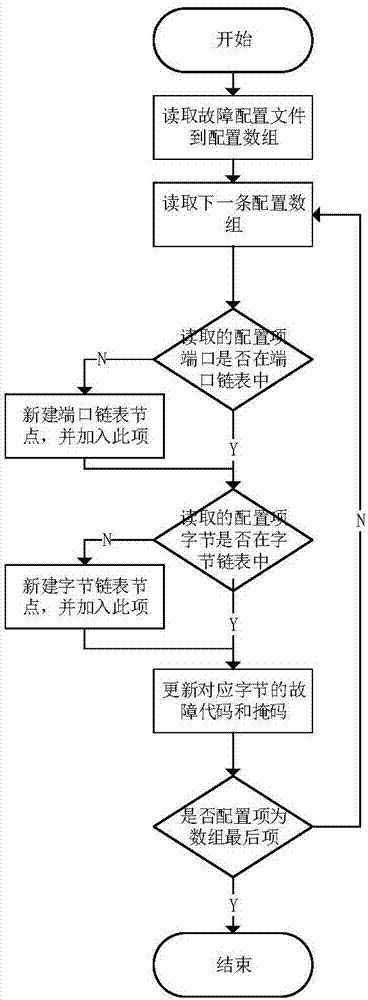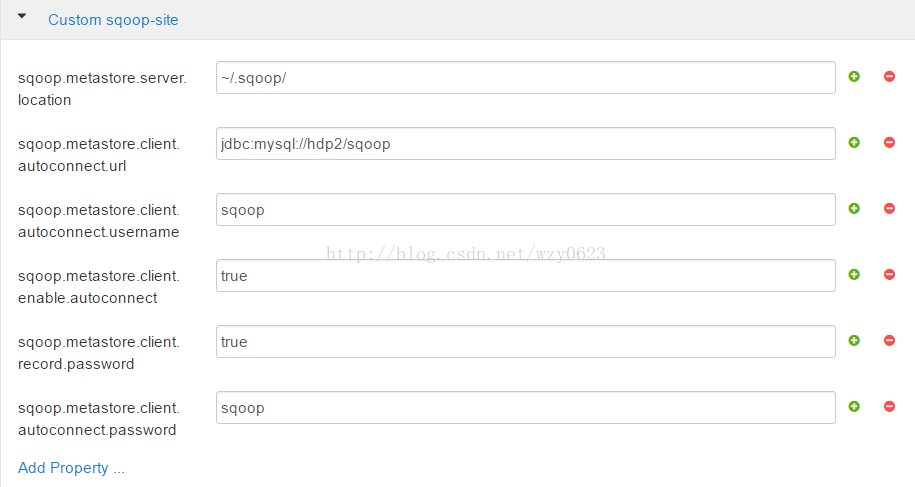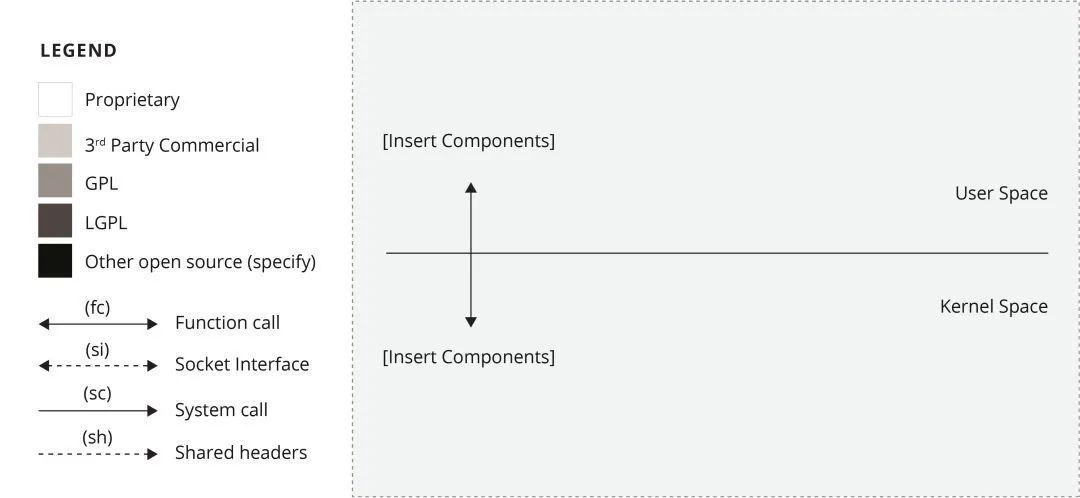The “Data Heart” of Embedded Systems

In today’s digital wave, embedded systems are like ubiquitous “behind-the-scenes heroes,” deeply integrated into our lives. From the thoughtful control of smart homes to the precise operation of industrial automation, and the life-saving capabilities of medical devices, embedded systems play a crucial role. Among them, embedded database systems act as the “data heart,” providing strong power for the smooth operation of various devices.
Imagine in a smart home scenario, smart bulbs need to adjust brightness based on ambient light and user habits, smart locks must quickly identify user identities to unlock, and smart curtains should open and close accurately according to time or light changes. The massive amounts of data behind this all rely on the efficient storage and management of embedded databases, enabling coordinated interactions between devices to create a convenient and comfortable home environment. Looking at the automotive electronics field, from precise engine control, data processing in autonomous driving assistance systems, to resource storage in in-car entertainment systems, embedded databases ensure driving safety, comfort, and intelligence. It is not an exaggeration to say that the quality of embedded database systems directly affects the performance, response time, and user experience of embedded devices.
Why Choose C++?

In the development of embedded database systems, the choice of programming language is a critical cornerstone. So why does C++ stand out as a powerful tool in the hands of many developers?
First and foremost is its outstanding high performance. As a compiled language, C++ can be directly converted into efficient and compact machine code, tightly integrated with the underlying hardware, meticulously managing memory layout and hardware resources. In the resource-constrained and real-time demanding environment of embedded systems, C++ code can run at extremely fast speeds, quickly responding to various data requests, providing a solid guarantee for smooth system operation. Just like in the control core of an industrial automation production line, an embedded database system written in C++ can accurately process the massive data collected by sensors in real-time, precisely controlling each movement of the robotic arm, ensuring the production process advances efficiently and orderly.
The object-oriented features of C++ further equip it with “armor” for developing complex systems. Concepts such as classes, objects, inheritance, and encapsulation significantly increase the modularity, reusability, and maintainability of the code. Developers can decompose the database system into clearly defined, functionally independent modules, akin to the components of a precision instrument, each operating independently yet cooperatively. Whether it’s for functional expansion, code optimization, or troubleshooting, subsequent tasks can be handled with ease. For instance, in a smart home system, different smart devices have varying data management needs. Through C++’s object-oriented programming, dedicated data storage and operation classes can be customized for each device, ensuring independent operation while achieving unified management at the system level, easily addressing the complex and changing needs of home scenarios.
Moreover, C++ has a rich Standard Template Library (STL), offering a variety of data structures and algorithms such as vectors, lists, and maps, providing convenient “tools” for data processing and storage. In embedded database development, developers do not need to build basic data structures from scratch, greatly saving development effort and time, allowing more focus on refining core functionalities. Additionally, C++’s direct control over underlying hardware enables it to interact seamlessly with embedded system hardware, precisely controlling every hardware detail and extracting every bit of performance potential from the hardware.
Compared to other programming languages, while Python boasts high development efficiency and simple syntax, its interpreted execution method falls short in performance, making it difficult to meet the stringent demands for real-time efficiency in embedded systems; Java, despite its powerful cross-platform features and garbage collection mechanism, has higher memory consumption and startup overhead, which can be overwhelming in resource-constrained embedded environments. In contrast, C++ strikes a delicate balance between performance, resource control, and development convenience, firmly establishing itself in the field of embedded database system development.
Preparation Work Before Development

“To do a good job, one must first sharpen their tools.” Before embarking on the journey to build an embedded database system with C++, thorough preparation is essential.
First is the careful selection of development tools. A powerful and compatible compiler is like a “magic wand,” efficiently converting our meticulously crafted C++ code into machine instructions recognizable by the underlying hardware. GCC (GNU Compiler Collection) is widely acclaimed for its powerful cross-platform capabilities and excellent optimization in the embedded development field; Clang, with its user-friendly error messages and fast compilation speed, also has a large following. The accompanying debugger is our “troubleshooting artifact”; GDB (GNU Debugger), as a veteran debugging tool, supports breakpoint debugging, variable viewing, and other rich operations, allowing precise localization of “difficult problems” in the code, making issues during the development process hard to escape.
An Integrated Development Environment (IDE) offers us a one-stop development experience. Eclipse with the CDT plugin creates a comprehensive C++ development environment, seamlessly integrating code editing, building, and debugging; Visual Studio Code stands out among lightweight editors, allowing deep customization of the C++ development environment with rich plugins, making it both convenient and efficient.
Database knowledge is equally crucial. A solid grasp of SQL (Structured Query Language) syntax is the “golden key” to unlocking database operations. From Data Definition Language (DDL) commands such as CREATE, ALTER, and DROP for creating, modifying, and deleting database objects, to Data Manipulation Language (DML) commands such as INSERT, UPDATE, DELETE, and SELECT for managing data, to Data Control Language (DCL) commands such as GRANT and REVOKE for managing database permissions, each link is closely connected. A deep understanding of the ACID properties (Atomicity, Consistency, Isolation, Durability) of database transactions is essential to ensure data accuracy and reliability under complex operations.
Understanding the hardware architecture of embedded systems lays a solid foundation for development. Familiarity with processor types, Memory Management Units (MMUs), and storage mediums (such as flash memory and RAM) allows us to optimize our code precisely, ensuring that the database system harmonizes with the hardware, extracting every bit of performance potential from the hardware and ensuring stable and efficient system operation.
Development Practice: Step by Step

Database Selection and Design
“Sharpening the knife does not delay the work of cutting wood,” carefully selecting an embedded database that meets project requirements is like laying a solid foundation for a building. On the market, embedded databases like SQLite and Berkeley DB showcase their strengths. SQLite, with its zero-configuration, lightweight, and open-source features, is highly favored for its excellent performance in small embedded devices with limited resources and urgent needs for simple data storage; whereas Berkeley DB, with outstanding scalability, strong transaction support, and the ability to handle massive concurrent read and write operations, has firmly established itself in large and complex embedded systems.
After selecting the database, deeply designing the database table structure and data relationships becomes crucial. For example, in a smart home system, if we want to store data such as device status, user habits, and environmental information, we could carefully design a “device table” covering fields such as device ID, name, type, and status; a “user table” including user ID, name, and preference settings; and an “environment table” recording environmental parameters such as temperature, humidity, and light intensity. By reasonably setting primary keys and foreign keys, and cleverly constructing relationships between tables—such as associating users with devices based on user ID and associating devices with environmental information based on device ID—we can create a clear data structure that facilitates easy querying and paves the way for efficient data operations in the future.